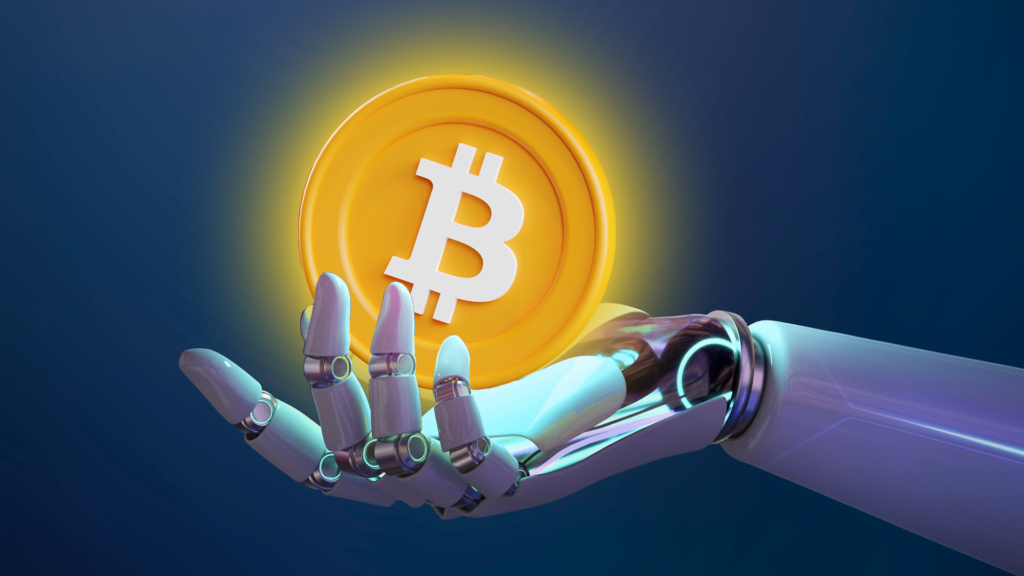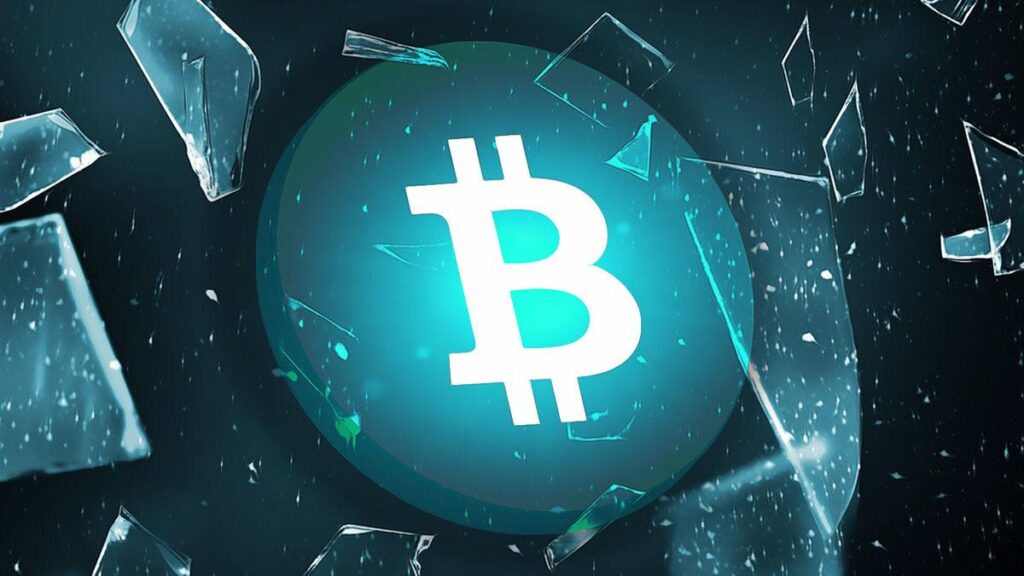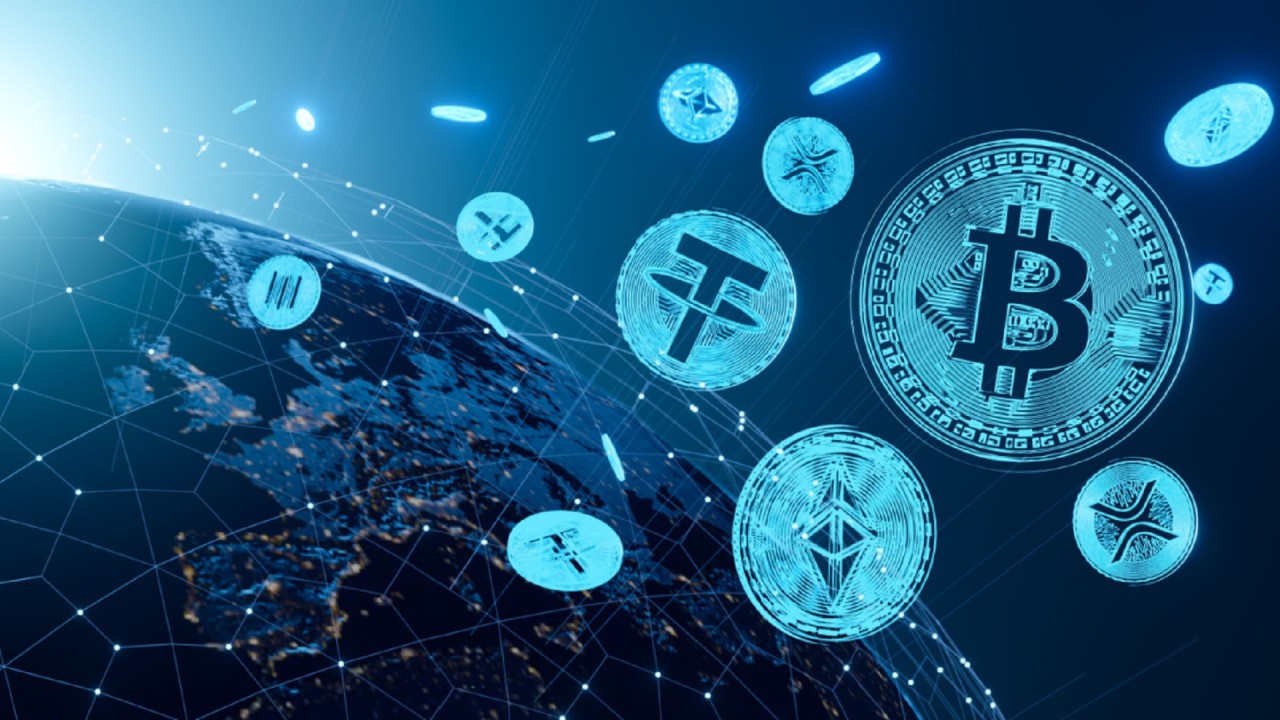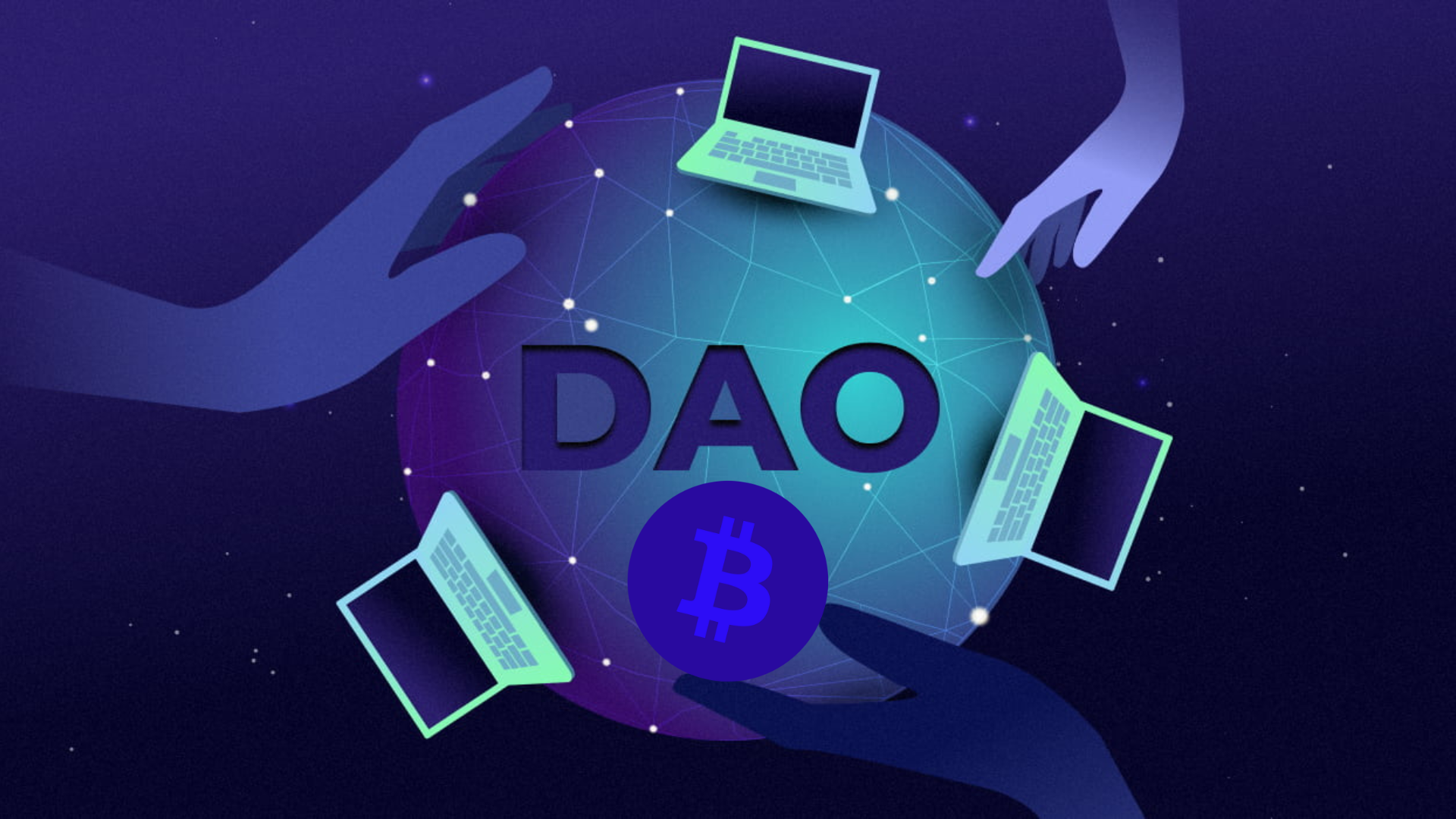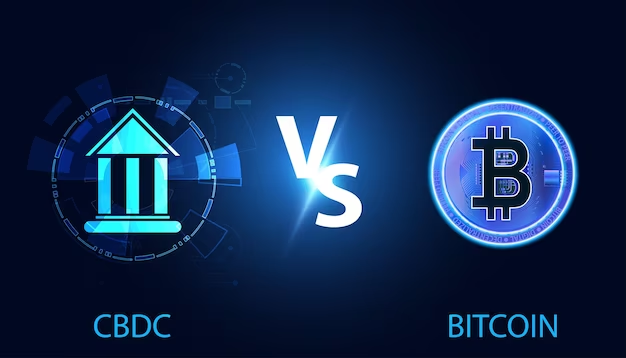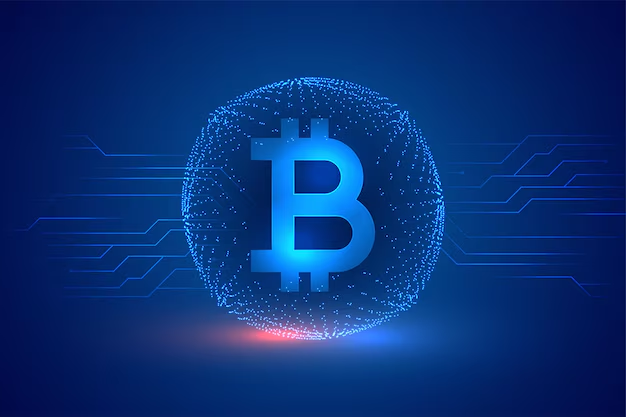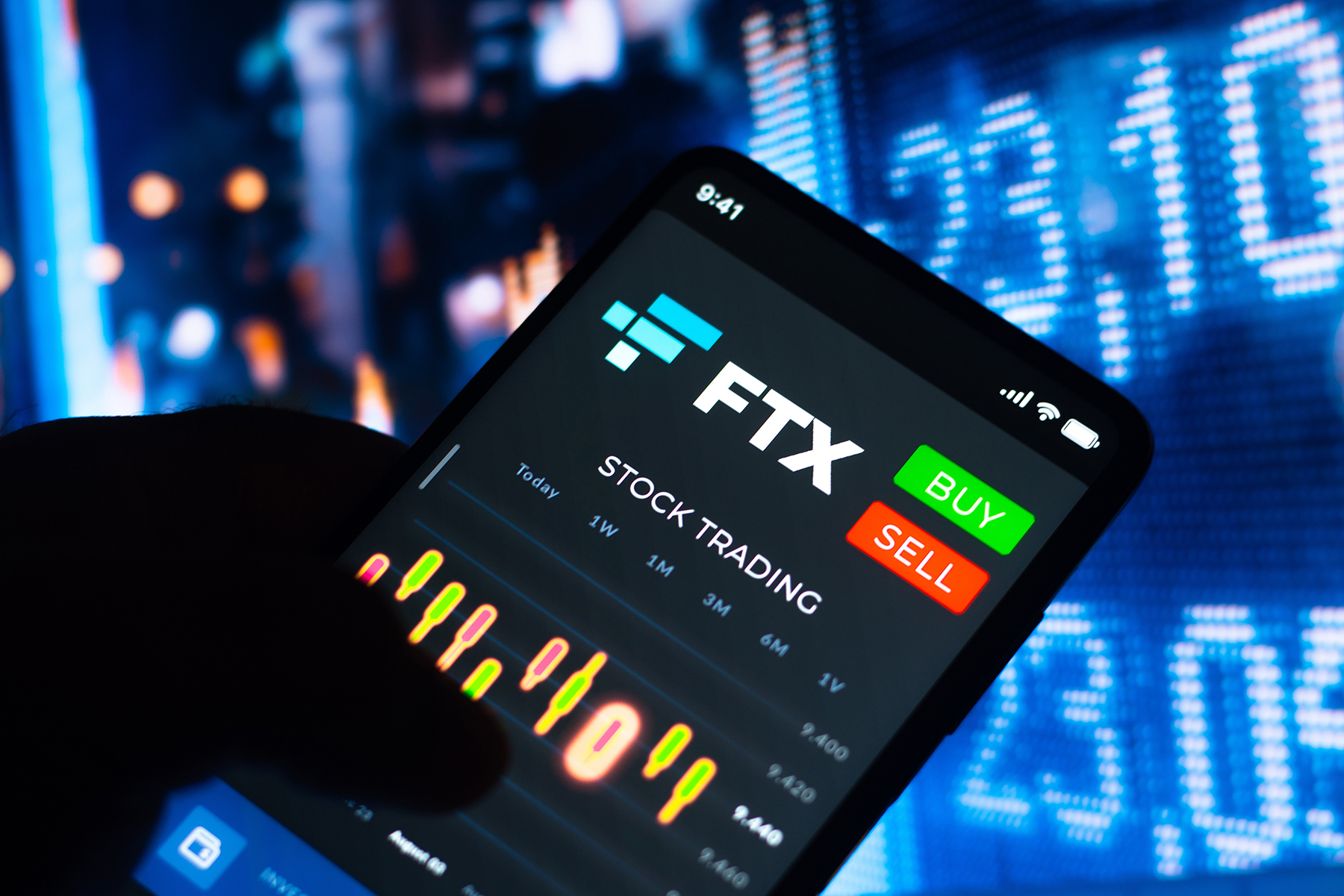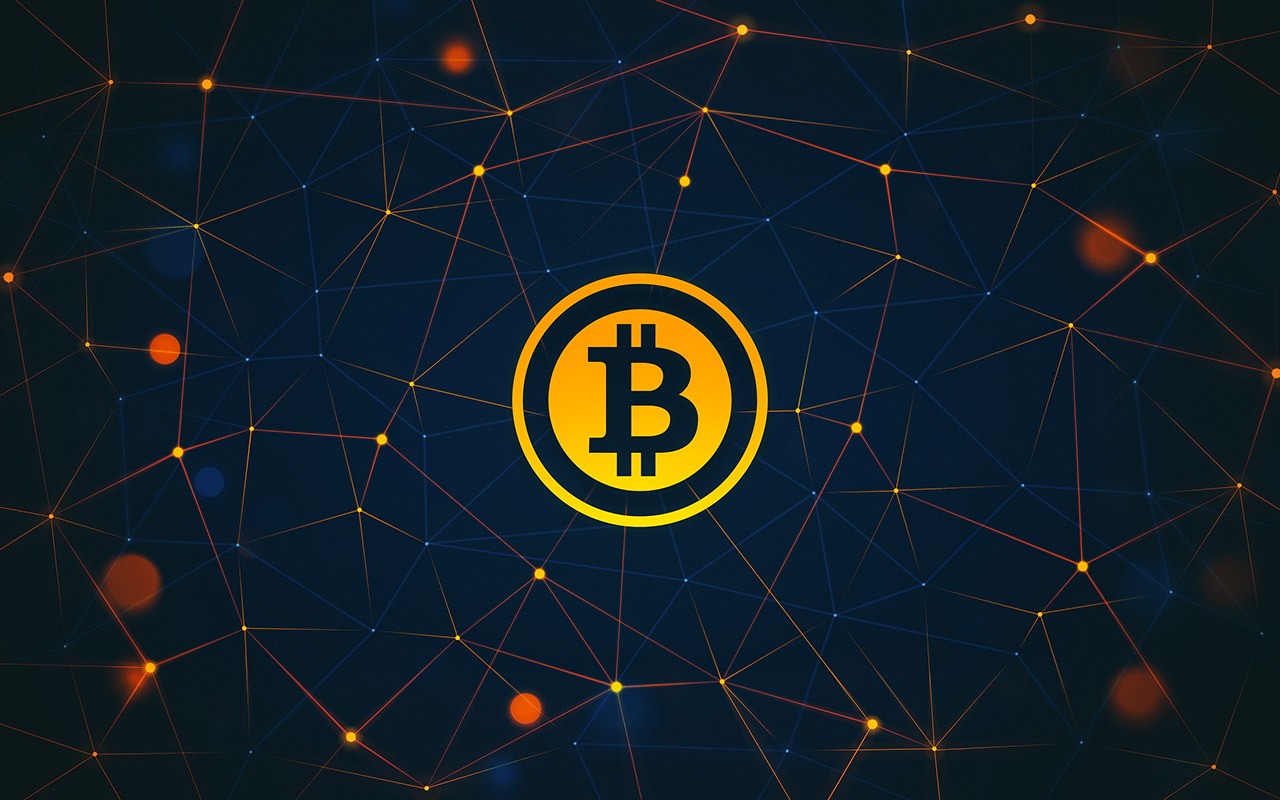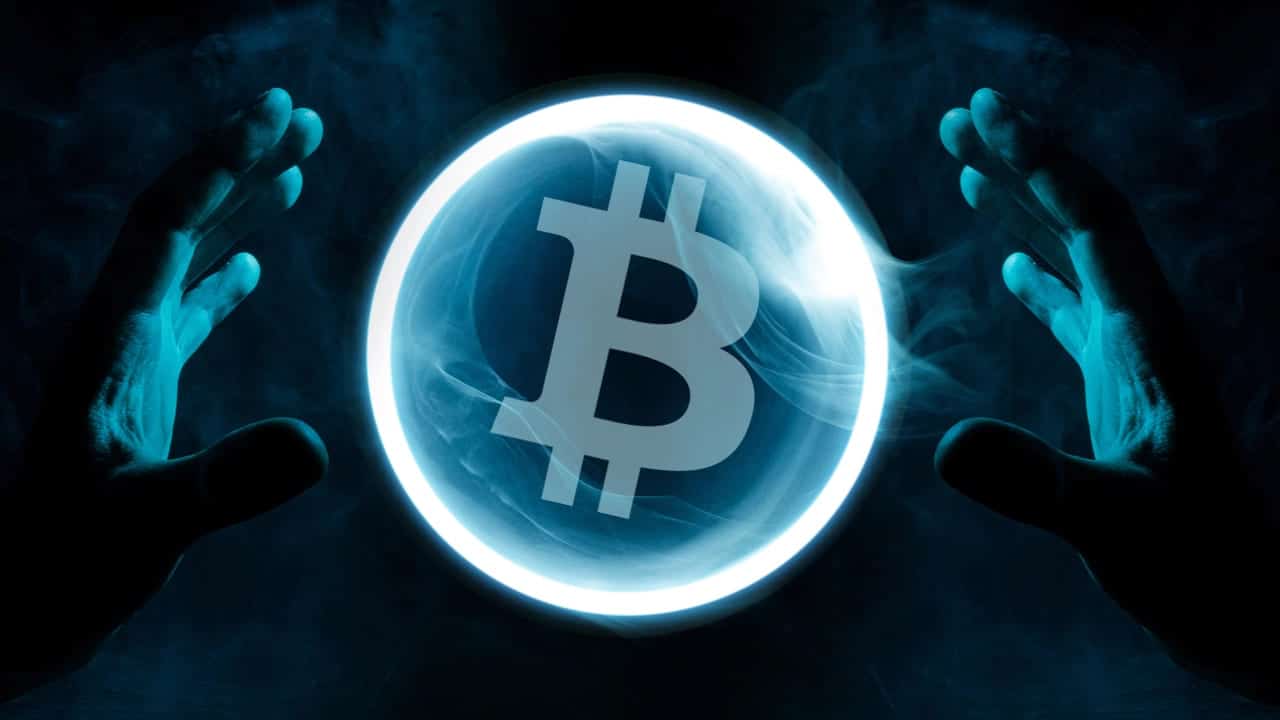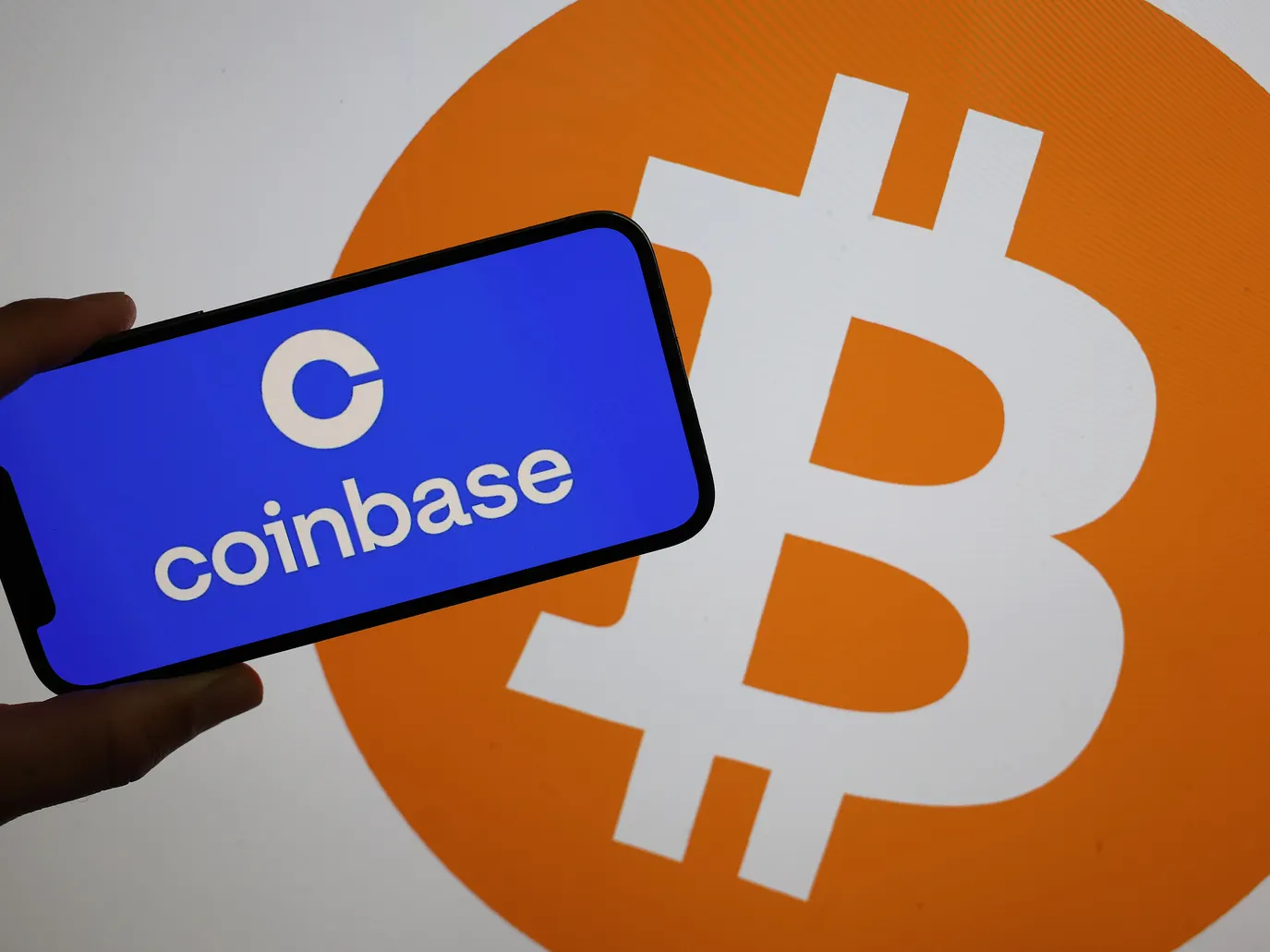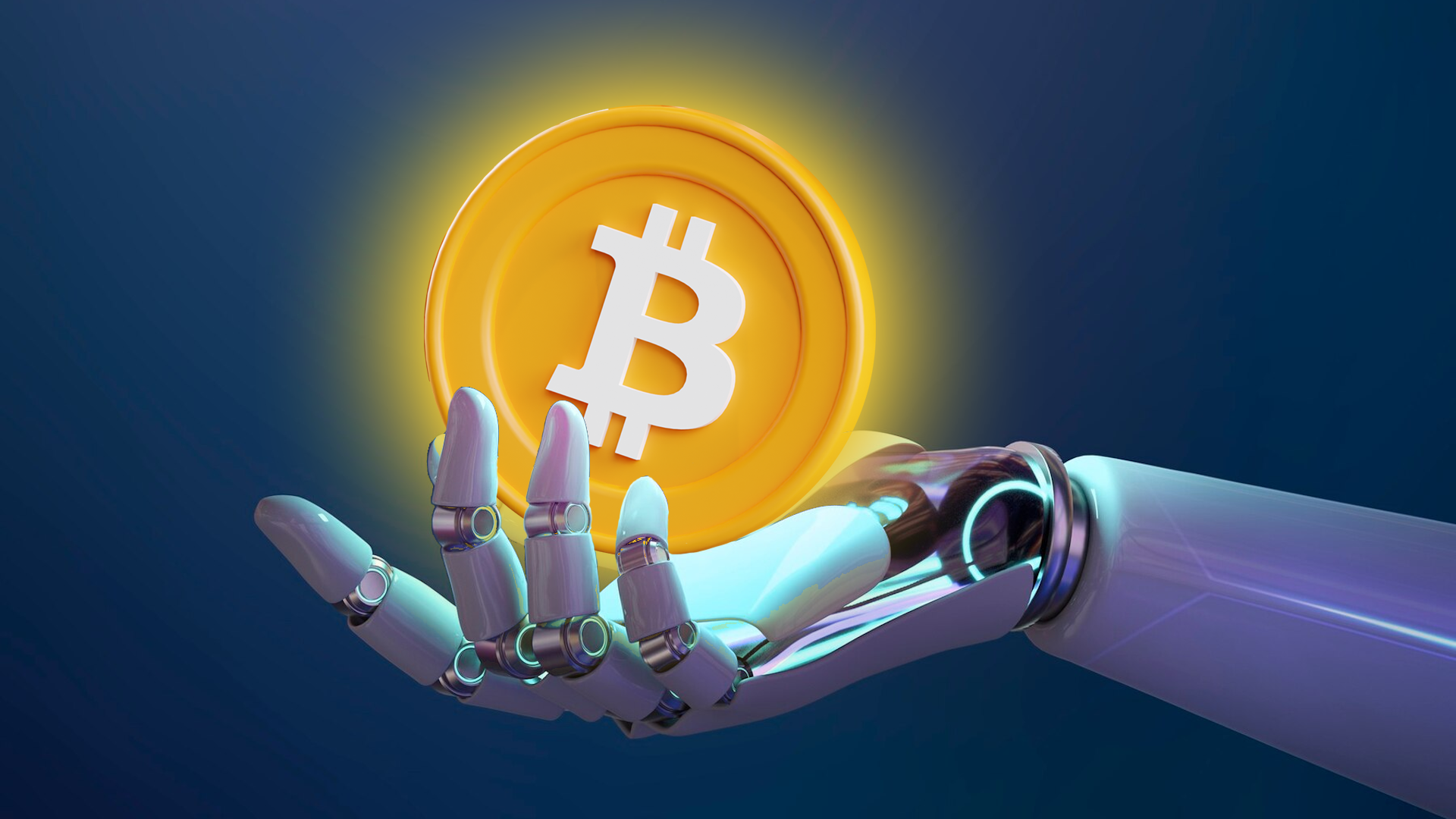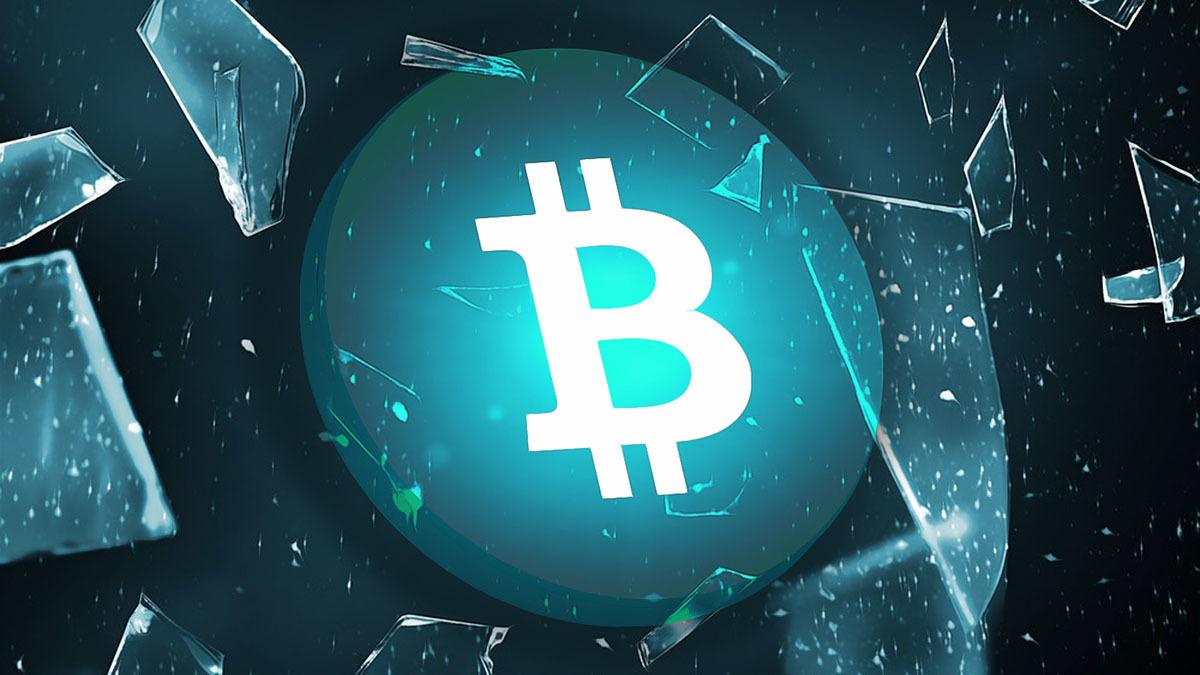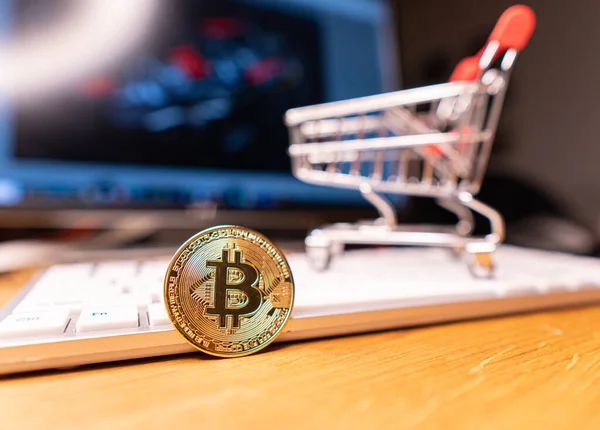Introduction
Bitcoin, the pioneering cryptocurrency that introduced the world to the concept of decentralized digital currencies, has come a long way since its inception in 2009. While the idea of a trustless, peer-to-peer electronic cash system was revolutionary, it was the process of Bitcoin mining that made it possible. In this extensive article, we will explore the future of Bitcoin mining, taking into account the innovations, challenges, and sustainability of this crucial aspect of the cryptocurrency ecosystem.
A Brief Overview of Bitcoin Mining
Before diving into the future of Bitcoin mining, let’s first understand how it works. At its core, Bitcoin mining is the process of using computational power to solve complex mathematical puzzles. These puzzles, known as Proof of Work (PoW) algorithms, ensure that each new block added to the blockchain is valid. Miners compete to solve these puzzles, and the first one to succeed gets the privilege of adding the next block and earning a reward in the form of newly created bitcoins, along with transaction fees.
Mining serves several crucial functions in the Bitcoin network:
- Transaction Validation: Miners validate and confirm transactions by adding them to blocks. This process ensures the security and immutability of the blockchain.
- Decentralization: The decentralized nature of mining prevents any single entity from controlling the network, enhancing its security and censorship resistance.
- Incentive Mechanism: Mining provides an economic incentive for individuals and organizations to participate in the network by offering rewards in the form of bitcoins.
- Blockchain Consensus: Miners reach consensus on the state of the blockchain, ensuring that all participants have a synchronized ledger.
The Evolution of Bitcoin Mining Hardware
Early Days: CPU and GPU Mining
In Bitcoin’s early days, mining could be done with a regular computer’s central processing unit (CPU) or graphics processing unit (GPU). However, as more miners joined the network, the puzzles became more challenging, requiring significantly more computational power to solve. This led to the emergence of Application-Specific Integrated Circuits (ASICs), which were designed specifically for Bitcoin mining.
The Rise of ASICs
ASICs, or specialized mining hardware, revolutionized Bitcoin mining. These devices are significantly more efficient than CPUs and GPUs, as they are built solely for the purpose of solving PoW puzzles. The introduction of ASICs led to increased competition and a higher hash rate on the network, making it more secure but also less accessible to individual miners.
Green Mining Initiatives
As concerns about the environmental impact of Bitcoin mining grew, miners started exploring more eco-friendly options. Some initiatives focused on using renewable energy sources, while others sought to repurpose waste heat generated by mining operations. These efforts aimed to make Bitcoin mining more sustainable and reduce its carbon footprint.
The Future of Bitcoin Mining
Transition to Sustainable Energy Sources
One of the most significant challenges facing Bitcoin mining is its energy consumption. Traditional mining operations often rely on fossil fuels, contributing to carbon emissions. However, the future of Bitcoin mining may see a shift towards more sustainable energy sources, such as solar, wind, and hydroelectric power.
Several Bitcoin mining farms have already relocated to regions with abundant renewable energy sources. For example, some operations have set up shop in Iceland, where geothermal and hydroelectric power are readily available. This transition to cleaner energy could make Bitcoin mining more environmentally friendly in the long run.
Decentralization vs. Centralization
Bitcoin’s original vision emphasized decentralization, ensuring that no single entity could control the network. However, over time, mining has become concentrated in the hands of a few large mining pools and corporations. This centralization raises concerns about potential collusion and censorship.
The future of Bitcoin mining must address this issue by promoting greater decentralization. This may involve changes to the mining protocol or incentives for smaller miners to participate. Some cryptocurrency projects are exploring alternative consensus mechanisms, such as Proof of Stake (PoS), to reduce the reliance on energy-intensive PoW mining and encourage a more decentralized network.
Enhanced Security Measures
As Bitcoin continues to gain prominence, it becomes a more attractive target for malicious actors. The future of Bitcoin mining will likely involve the development of enhanced security measures to protect the network from attacks.
Innovations such as “BetterHash” and “Stratum V2” aim to improve the security and fairness of mining pool operations. These developments seek to empower individual miners and reduce the influence of pool operators in the decision-making process.
Regulation and Compliance
Bitcoin mining has faced regulatory challenges in various jurisdictions, with some governments imposing restrictions or outright bans on mining activities. The future of Bitcoin mining will depend on how the industry navigates these regulatory hurdles.
To ensure the continued growth of the mining sector, miners may need to adopt more transparent and compliant practices. Collaboration with regulators and policymakers could lead to a more favorable regulatory environment for Bitcoin mining.
Innovations in Mining Hardware and Software
Advancements in ASIC Technology
The development of more efficient and powerful ASIC mining hardware is a continuous process. Manufacturers are constantly working to improve the energy efficiency and hash rate of their devices. These advancements enable miners to achieve higher profitability while consuming less energy.
Customizable Mining Software
In addition to hardware improvements, customizable mining software allows miners to optimize their operations further. Software innovations enable miners to switch between different cryptocurrencies or adapt their mining strategies based on market conditions, improving their flexibility and profitability.
Decentralized Mining Pools
Innovative projects are exploring the concept of decentralized mining pools, which aim to distribute rewards more equitably and reduce the centralization of mining power. These pools use blockchain technology to ensure fair distribution and transparency in reward payouts.
Challenges and Concerns
Environmental Concerns
Bitcoin’s energy consumption has drawn criticism for its environmental impact. To address this concern, the industry must continue to transition towards renewable energy sources and explore energy-efficient mining hardware.
Regulatory Uncertainty
Regulatory challenges remain a significant obstacle to the future of Bitcoin mining. Developing clear and balanced regulations that protect consumers while allowing innovation to flourish will be essential for the industry’s growth.
Centralization
The centralization of mining power in the hands of a few major players remains a critical issue. Efforts to promote decentralization and fair competition among miners will be crucial for the network’s long-term health.
Conclusion
In conclusion, the future of Bitcoin mining holds promise and potential for both innovation and challenges. The transition to sustainable energy sources, increased decentralization, enhanced security measures, and continued advancements in hardware and software will play pivotal roles in shaping the future of Bitcoin mining.
While there are undoubtedly challenges to overcome, such as environmental concerns and regulatory uncertainties, the Bitcoin mining industry has demonstrated resilience and adaptability. As technology and market dynamics evolve, so too will the strategies and approaches of miners. Bitcoin mining remains a critical component of the cryptocurrency ecosystem, and its future will undoubtedly be marked by ongoing innovation and transformation.

